5 Benefits Of Using A Golf Training Aid
Golf training aids are booming – popular with Tour pros and club golfers alike. Here’s why…


Joel Tadman
What you need – what every golfer needs at some point when form alludes you – is a training aid. No matter what part of the game you’re struggling with – driving, pitching, putting – using a training aid is one of the fastest ways to get better at golf.
In fact, when you find one that works on the problem you tend to struggle with, perhaps your grip, swing plane or transition, it’s like having your very own PGA professional by your side on the range, which is an invaluable tool to have when trying to improve. Still not sure? Here are just five benefits of using a golf training aid…
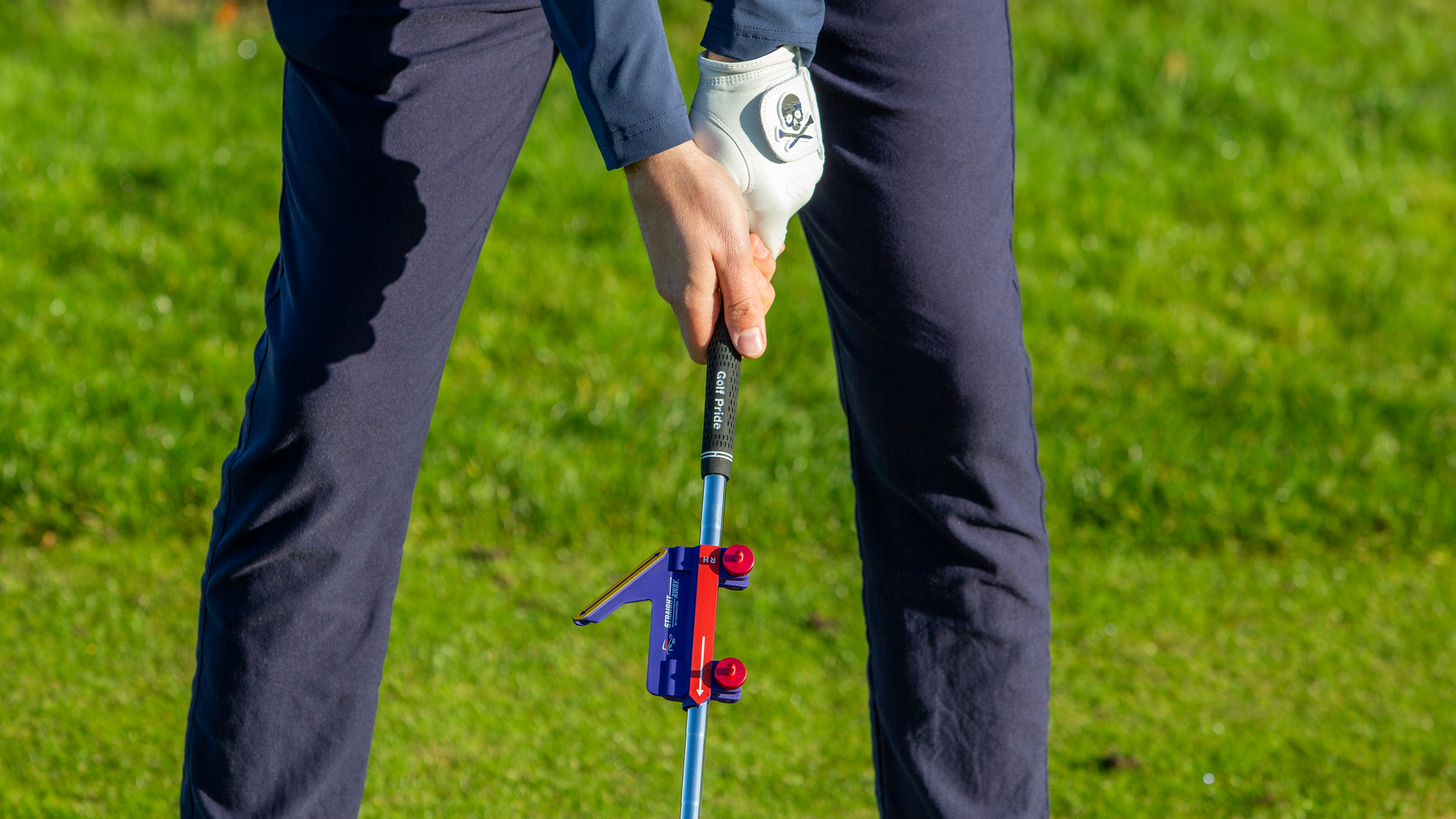
Performance Golf is one of the leading makers of some of the best golf training aids on the market, like the Straightaway which helps create the perfect takeaway
1. Better Practice
A lot of club golfers are guilty of hitting balls at the range without having a specific goal. If you’re one of these golfers, you’re not so much practicing as going through the motions. Worse, you could actually be embedding bad habits, which then become even harder to eradicate.
Rather than going to the range with the sole intention of hitting balls aimlessly, one after the other without thinking about what you’re trying to achieve, the best golf training aids allow you to make your practice sessions really count. Providing it is used correctly, a training aid can engrain new feels and movement patterns in your swing that produce a more consistent and accurate ball flight. As a result, you become more disciplined and in control of your game and the training aid will help stop you from reverting back to your old ways.
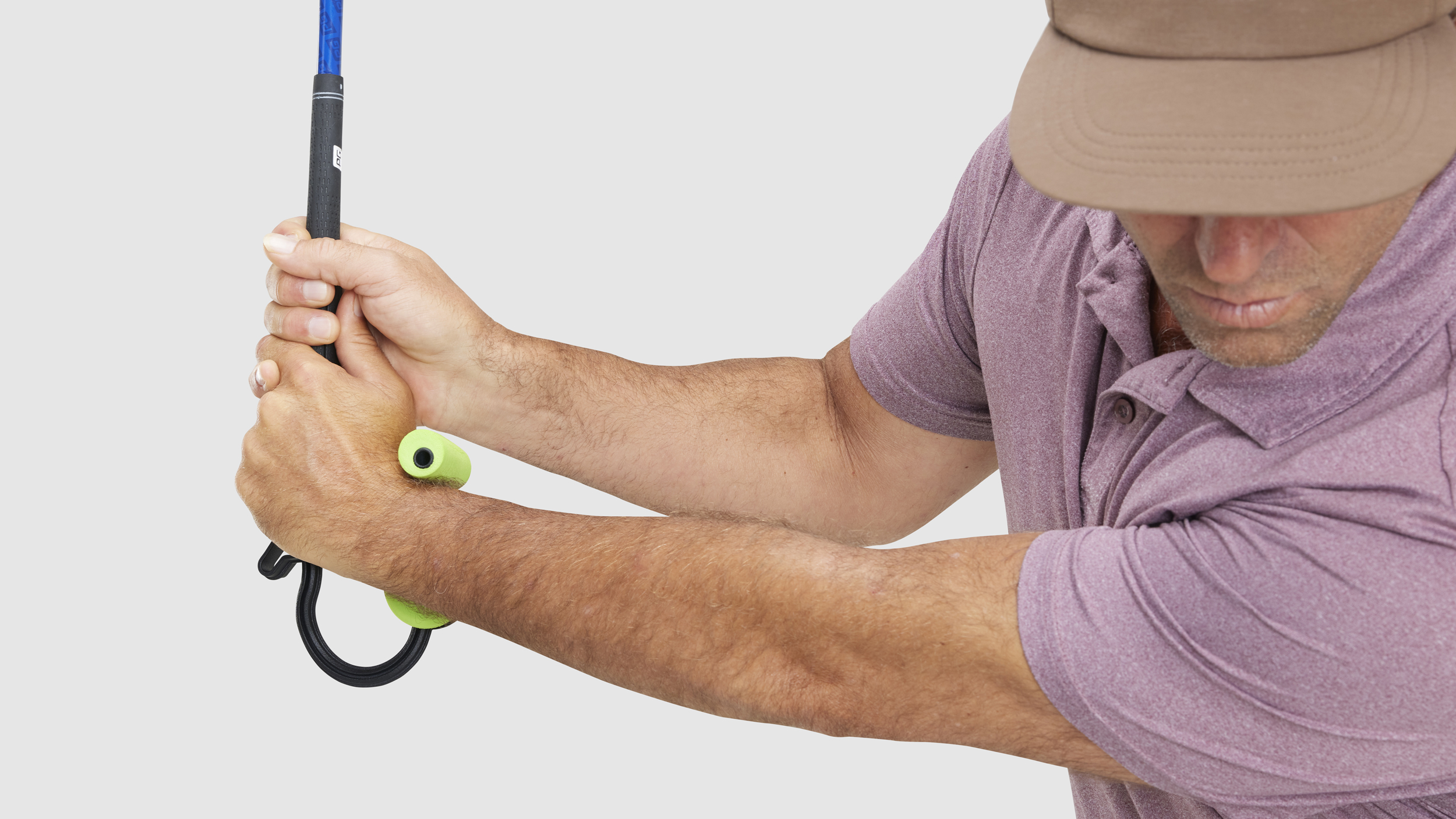
The Performance Golf Square Set is a great example of a training aid that can have immediate results by allowing you to feel the correct positions of your hands and wrists
2. Instant feedback
How often do you stand over the ball with a million thoughts racing through your mind? Wouldn’t it be nice if everything fell naturally into place – set-up, backswing, transition, impact, follow-through… every time. This is what a training aid is for – it’s there to teach you the right moves and feels without a PGA professional by your side, giving you instant feedback. The idea is that you ingrain good habits so that everything becomes second nature – and the bad habits don’t come back.
Of course, you still have to hit the shot. However, when you’ve used a training aid to embed those good habits, you’re more likely to be more confident over the ball. They may feel strange or awkward at first but this is good because it means change is happening and if you've bought a training aid, clearly you want to change your swing for the better.
3. Portability
One of the biggest advantages of golf trainings aids is that they can be stored in your golf bag and taken to the range, short game area and putting green with the minimum of fuss. A lot of training aids can also be used in the comfort of your own home, too, such as a grip trainer or swing tempo aid, and don’t require you to hit balls, which means you're even more likely to use them at your convenience.
Subscribe to the Golf Monthly newsletter to stay up to date with all the latest tour news, equipment news, reviews, head-to-heads and buyer’s guides from our team of experienced experts.
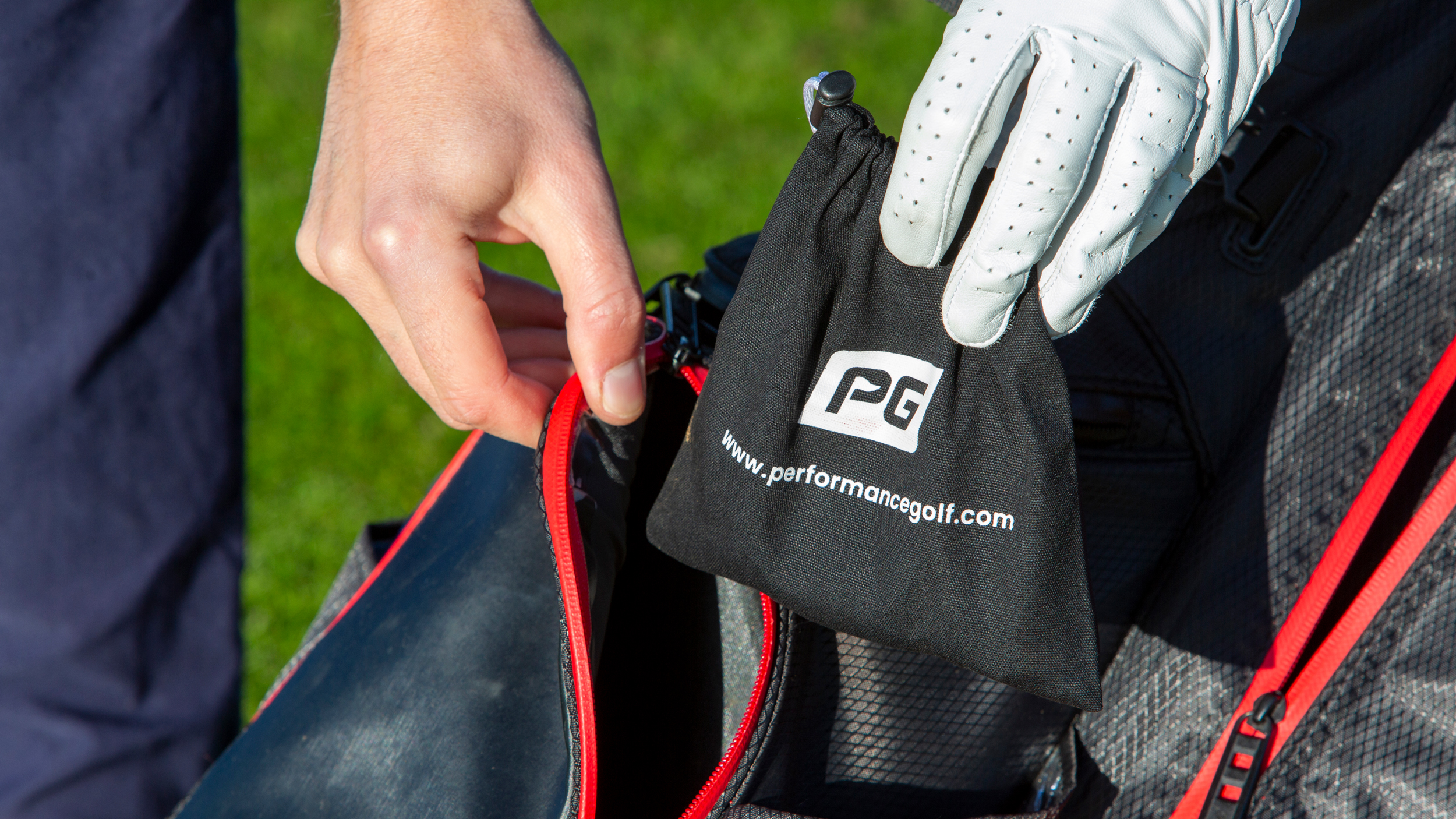
Many training aids, like the Performance Golf Straightaway, can be easily stored in your golf bag so it's always there when you need it
In fact, some of the best golf training aids take the focus away from hitting a ball – so you can get up from your desk and have a few minutes ‘practice’ before getting back to work. It’s all about embedding those good habits, which should then transfer more seamlessly into your swing when hitting shots on the driving range or the golf course.
4. Value for money
Spending a few hundred dollars on golf lessons might help take your game to the next level and prove to be a very worthwhile investment. However, it’s not an option for everyone, and it can be particularly expensive if you’re prone to slipping back into bad habits easily and frequently knocking on the pro’s door.
Generally speaking, the best golf training aids are not expensive. Even those training aids at the upper end of the price scale are unlikely to break the bank, and in the long run they can prove to be a very cost effective way to get better. That training aid is always going to be there when you need it, too – you don’t have to book it!
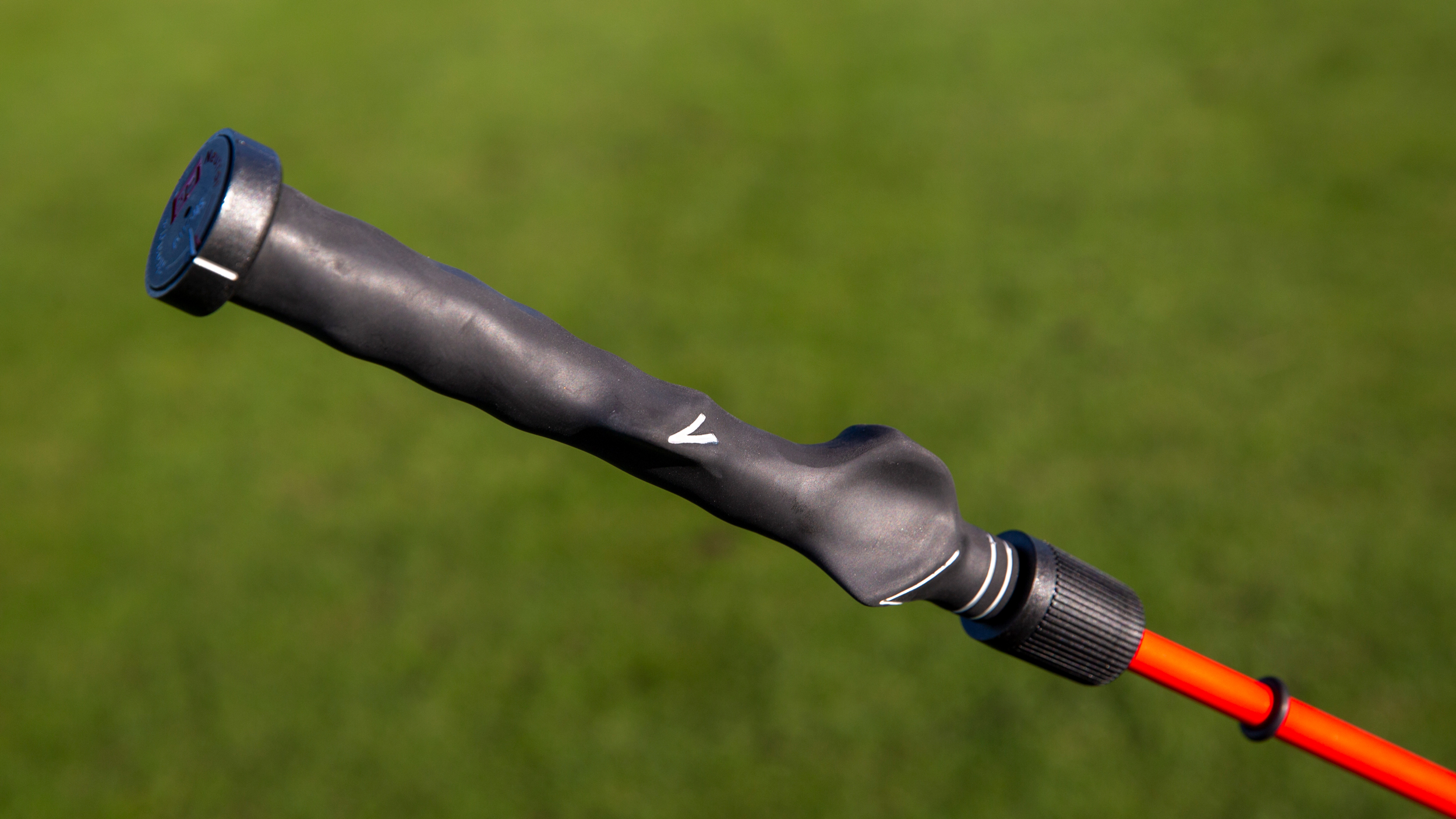
Training aids like the Performance Golf Click Stick, come with a grip trainer to enforce the correct fundamentals, which is essential if you want to hit straighter golf shots
5. Simplicity
The majority of training aids are very easy to set up and use, and make it simple to understand what’s happening during the swing. Many companies also provide instructions or even video lessons on how to set up the training aids correctly to get the most out of them. Performance Golf, for example, offer video tutorials as well as the option of a training program delivered by some of the world's leading coaches to accelerate your improvement.
The genius part about a lot of them is the way they exaggerate the correct swing feels. For a lot of golfers, this is exactly the kind of help they need, offering that instant feedback that allows players to understand how and why they might have played a certain shot. So if you're struggling with your swing, definitely consider investing in a training aid. It may well transform your scores for the better.

Michael has been with Golf Monthly since 2008. A multimedia journalist, he has also worked for The Football Association, where he created content to support the England football team, The FA Cup, London 2012, and FA Women's Super League. As content editor at Foremost Golf, Michael worked closely with golf's biggest equipment manufacturers and has developed an in-depth knowledge of this side of the industry. He's a regular contributor, covering instruction, equipment, travel and feature content. Michael has interviewed many of the game's biggest stars, including seven World No.1s, and has attended and reported on numerous Major Championships and Ryder Cups around the world. He's a member of Formby Golf Club in Merseyside, UK.
- Joel TadmanDeputy Editor
-
 How Much Prize Money Has Nelly Korda Won In 2025?
How Much Prize Money Has Nelly Korda Won In 2025?The World No.2 may have gone winless in terms of trophies through 2025, but she still accumulated an incredible amount of prize money along the way...
-
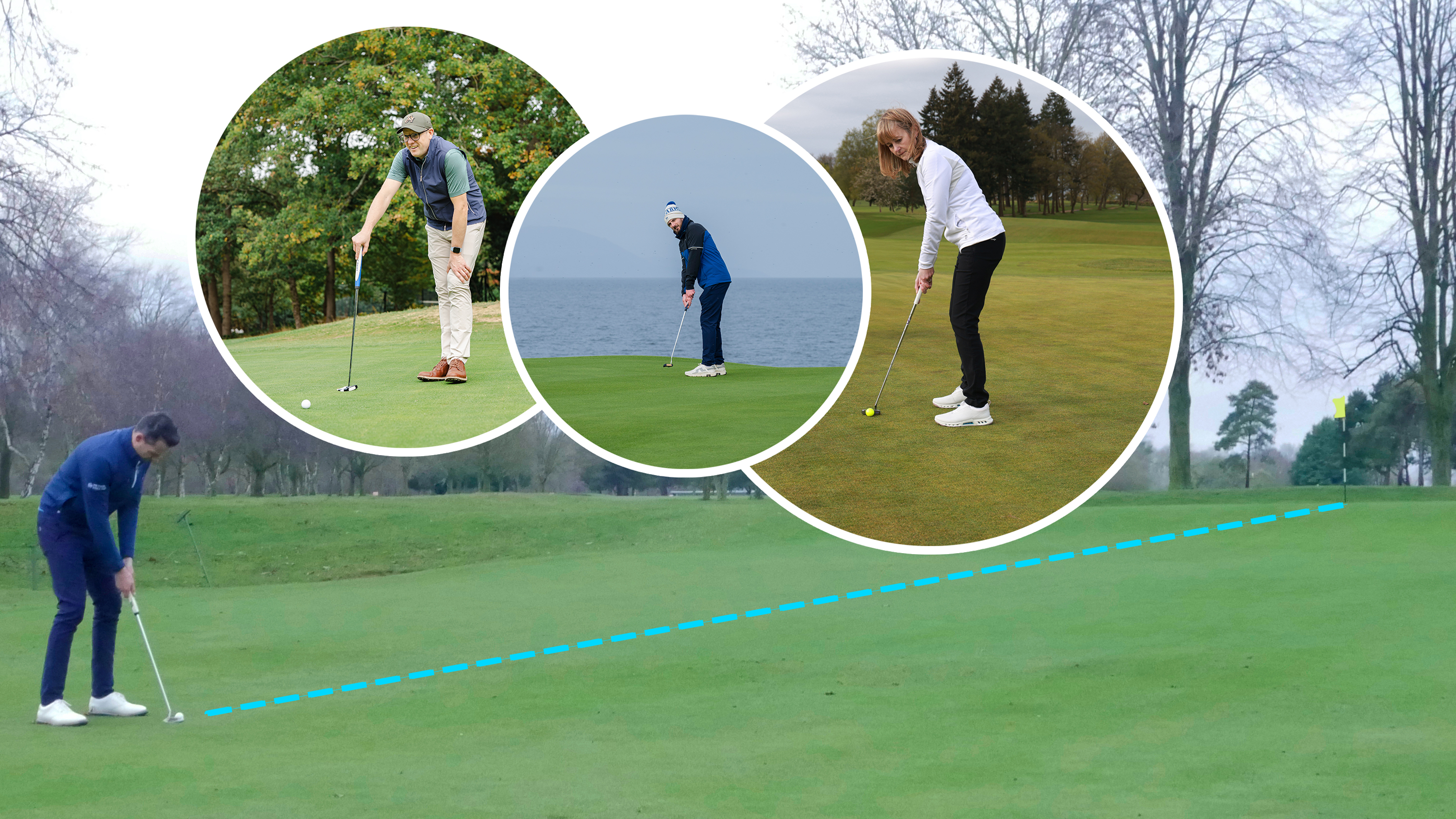 What Percentage Of Amateur Golfers Have Holed A Putt From Outside 60ft In Their Lifetime?
What Percentage Of Amateur Golfers Have Holed A Putt From Outside 60ft In Their Lifetime?Holing a long range putt takes a great amount of skill, and often a little bit of luck, but what percentage of amateur golfers have drained a 60+ footer?
-
 I Was Completely Lost Off The Tee… Until I Put The US Open Champion’s Driver In The Bag
I Was Completely Lost Off The Tee… Until I Put The US Open Champion’s Driver In The BagAfter struggling to find form off the tee, equipment expert Sam De’Ath switched his driver and couldn’t believe the results
-
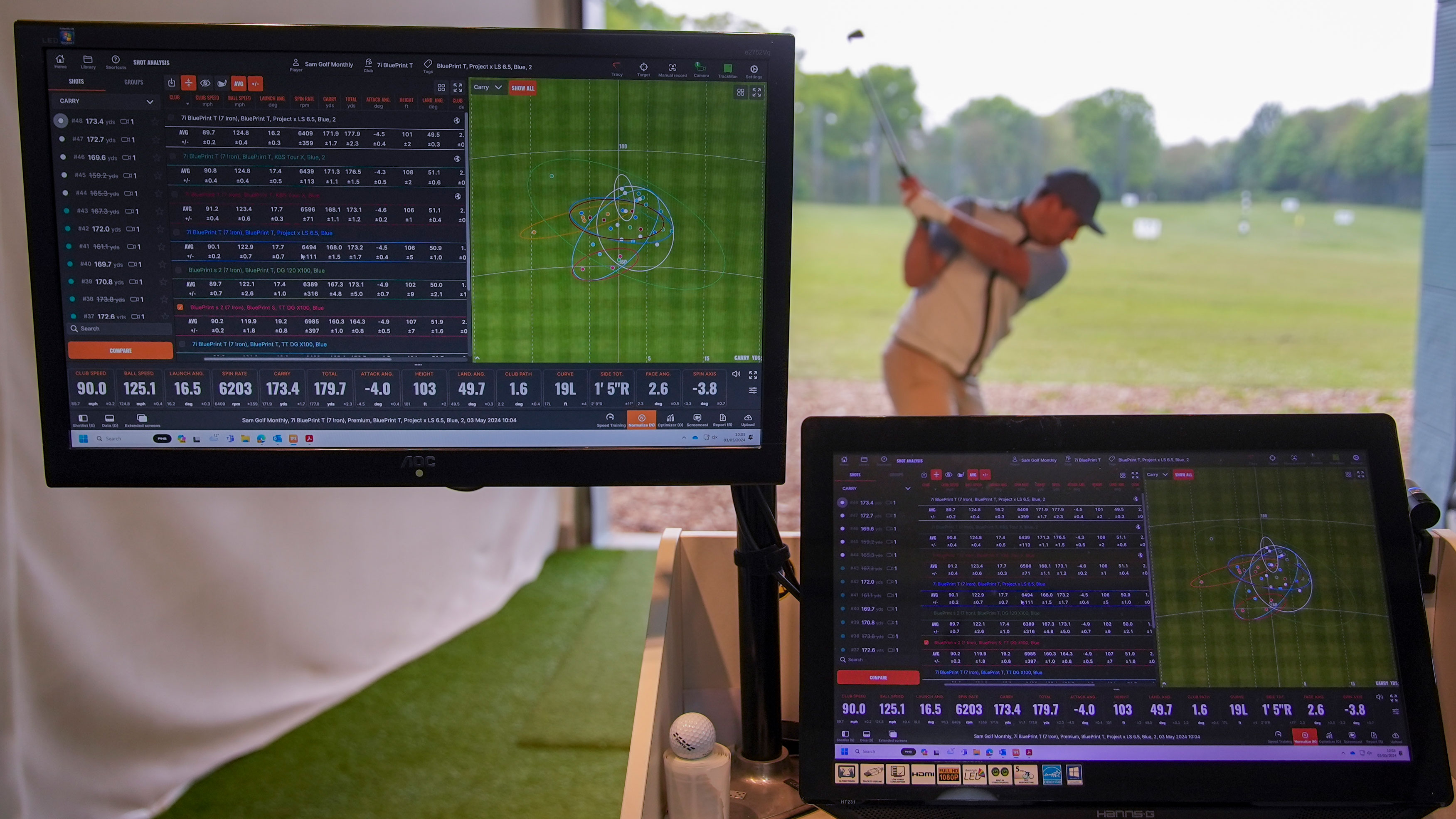 5 Golf Equipment Myths Debunked
5 Golf Equipment Myths DebunkedWe look at five commonly held beliefs when it comes to golf equipment and explain why they might just be unfounded
-
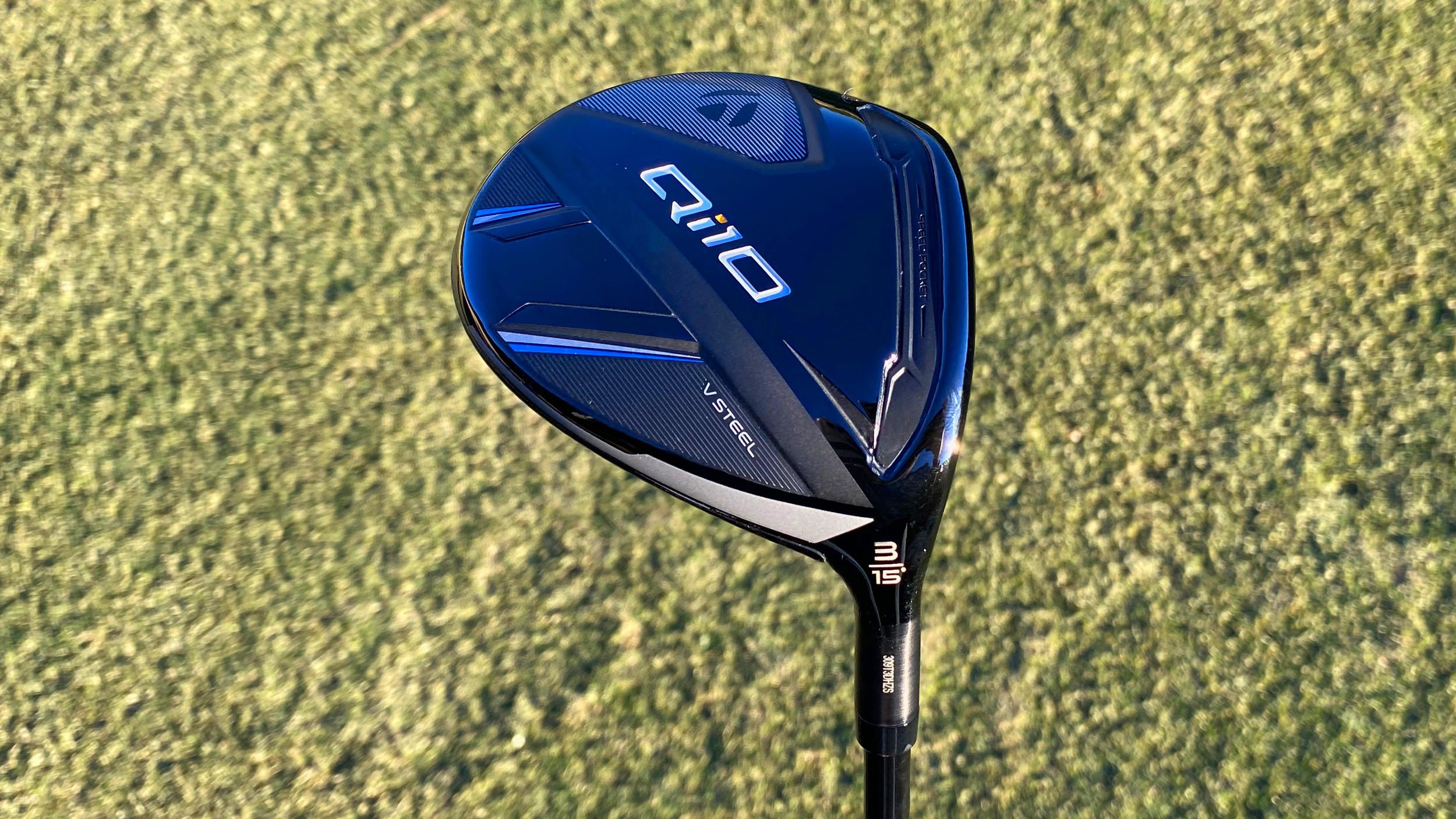 The Real Reason Why Many Tour Pros Prefer Bonded Hosels Might Not Be What You Think
The Real Reason Why Many Tour Pros Prefer Bonded Hosels Might Not Be What You ThinkBonded or adjustable hosel? A tour fitter explains why some professionals prefer the former on their fairway woods
-
 The Equipment Debrief: Lexi's 16-Year-Old Irons, Four Putters For Gerard And First Wins For Two New Drivers...
The Equipment Debrief: Lexi's 16-Year-Old Irons, Four Putters For Gerard And First Wins For Two New Drivers...It might be 'new gear season', but not all pros will be quick to make changes...
-
 The 6 Signs You Need New Golf Clubs
The 6 Signs You Need New Golf ClubsClub tester and PGA Professional Joe Ferguson believes the clubs in many players' bags are working against them. Here's how...
-
 Debate: What Is The Greatest Hybrid Club Of All Time?
Debate: What Is The Greatest Hybrid Club Of All Time?The competition was fierce but club tester Sam De'Ath has narrowed it down to just five. Do you agree with his selections?
-
 Building The Perfect Home Golf Practice Set-Up: A Guide For Every Budget
Building The Perfect Home Golf Practice Set-Up: A Guide For Every BudgetThinking of doing something pretty special at home? Here are some options and things to consider to help you get started on the right track
-
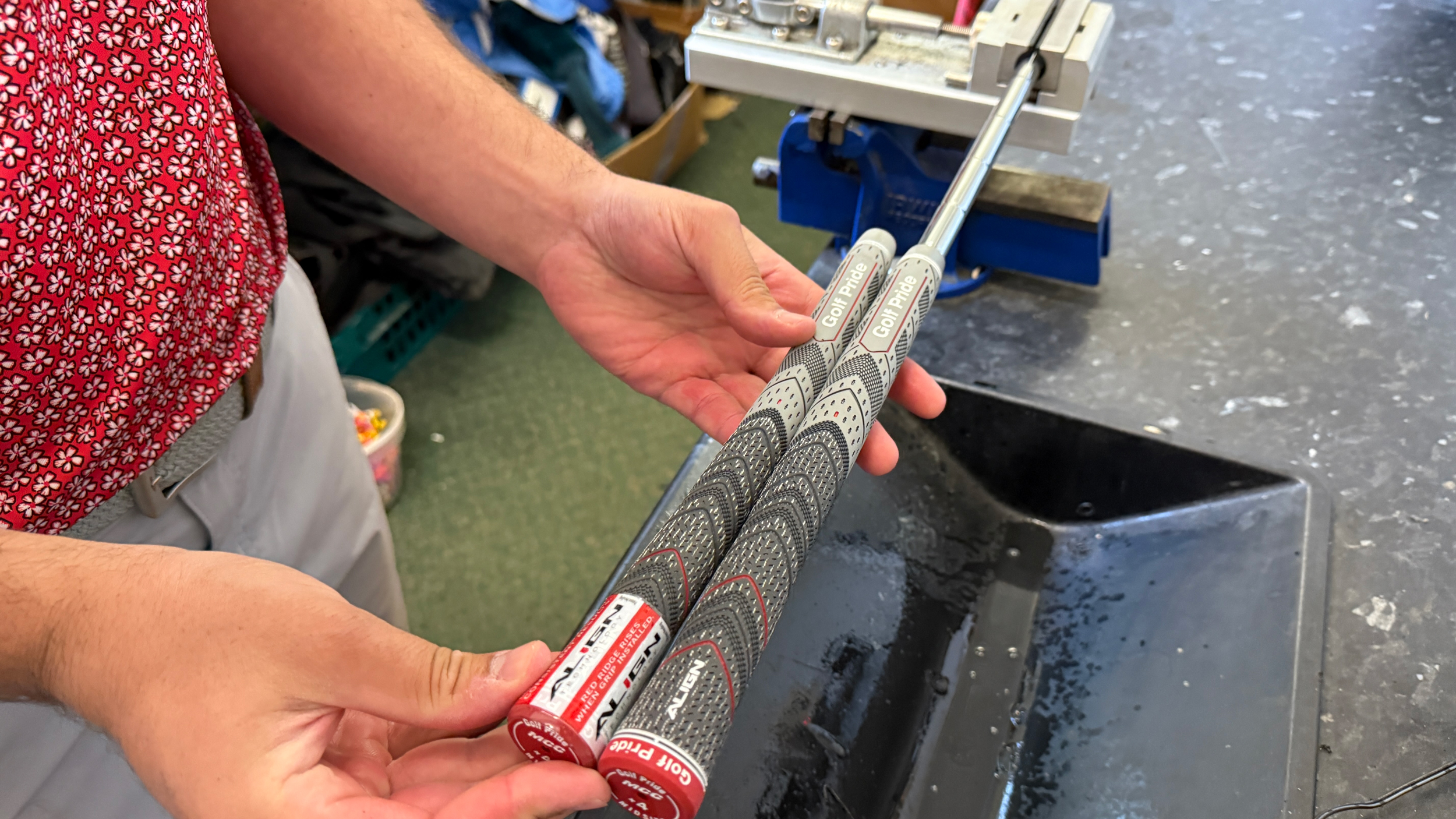 Club Fitting Expert Reveals The One Thing All Golfers Should Check
Club Fitting Expert Reveals The One Thing All Golfers Should CheckTake note of this crucial aspect of your equipment, especially if you're in the habit of re-gripping your own golf clubs
